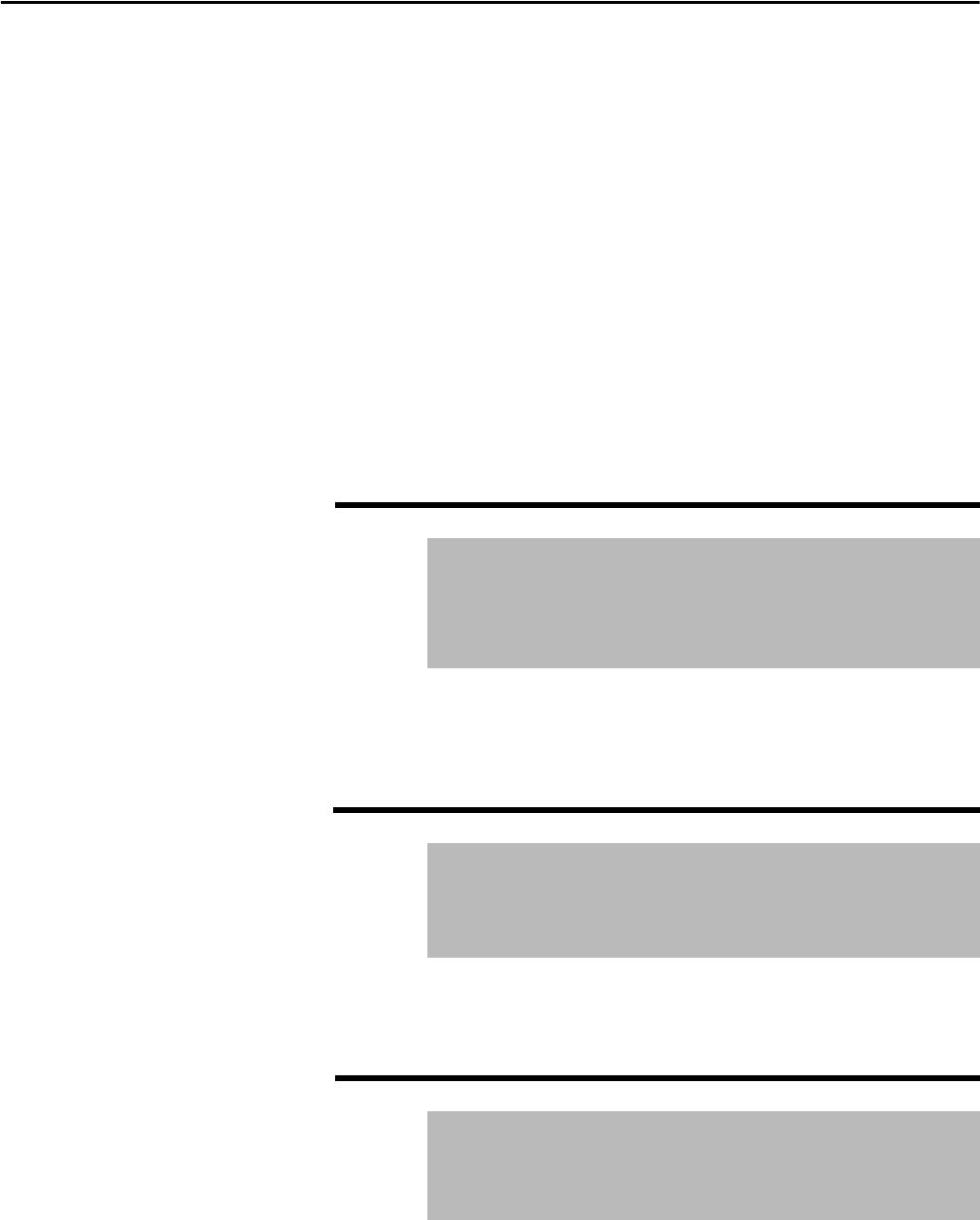Owner's manual
Table Of Contents
- Front Cover
- Important User Information
- Summary of Changes
- Table of Contents
- Introduction
- About the Drive
- Identifying the Drive by Cabinet Assembly ID Number
- LiquiFlo 2.0 Drive Component Locations
- Identifying the Power Module by Model Number
- AC Line I/O Board Description (Frame 3 Only)
- Standard I/O Board Description (Frame 3 Only)
- Combined I/O Board Description (Frame 4 Only)
- DPI Communication Ports
- Optional Equipment
- Planning the Installation
- Mounting The Power Module and Grounding the Drive
- Installing Input and Output Power Wiring
- Completing the Installation
- Using the Start-up Routines
- Programming Basics
- Parameter Descriptions
- Troubleshooting the Drive
- Verify that the DC Bus Capacitors are Discharged Before Servicing the Drive
- Determining Drive Status Using the Status LEDs
- About Alarms
- About Faults
- Diagnostic Parameters
- Common Symptoms and Corrective Actions
- Replacement Parts
- Board Replacement, Firmware Setup Procedures
- Troubleshooting the Drive Using the OIM
- Checking the Power Modules with Input Power Off
- Technical Specifications
- Using the OIM
- Installing and Removing the OIM
- Display Description
- OIM Menu Structure
- Powering Up and Adjusting the OIM
- Selecting a Device in the System
- Using the OIM to Program the Drive
- Monitoring the Drive Using the Process Display Screen on the OIM
- Displaying and Changing the OIM Reference
- Customizing the Process Display Screen
- Customizing the Function Keys
- Controlling the Drive From the OIM
- LiquiFlo 2.0 Drive Frame 3 Wiring Diagrams
- LiquiFlo 2.0 Drive Frame 4 Wiring Diagrams
- Index
- Back Cover

84 Rockwell Automation Publication D2-3518-3 - May 2013
Chapter 9
Bit 0 – Reflect Wave
• Enables/disables reflected wave correction software, which reduces
overvoltage transients from the drive to the motor. For lead lengths
beyond 91 m (300 ft), enable this feature.
Bit 1 – Enable Jerk
• Enables/disables the jerk limit in the current limiter that helps to eliminate
overcurrent trips on fast accelerations. Disable this feature if your
application requires the actual acceleration of the motor to be faster than
.25 seconds.
Bit 2 – IXo Auto Calc
• This bit has no function in Liquiflo 2.0 drives.
Bit 3 – Extend Range
• This bit is for engineering use only.
Manual (0) = Flux is established for Flux Up Time (58) before acceleration.
Auto (1) = Flux is established for a calculated time period based on motor
nameplate data. Flux Up Time (58) is not used.
Sets the amount of time the drive uses to try to achieve full motor stator flux.
When a start command is issued, DC current at current limit level is used to
build stator flux before accelerating.
Sets the amount of filtering used to boost voltage during Sensorless Vector
operation.
57 Flux Up Mode
Range: 0 = Manual
1 = Automatic
Default: 0 = Manual
Access: 1 Path: Motor Control > Torq Attributes
See also: 53, 58
58 Flux Up Time
Range: 0.00...5.00 sec [0.01 sec]
Default: 0.0 sec
Access: 1 Path: Motor Control > Torq Attributes
See also: 53, 58
59 SV Boost Filter
Range: 0...32767
Default: 500
Access: 1 Path: Motor Control > Torq Attributes
See also:










